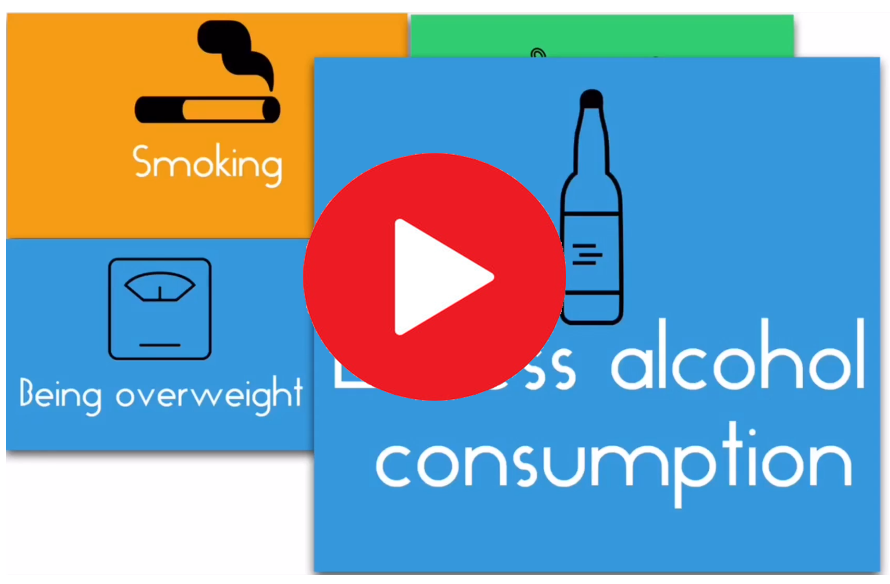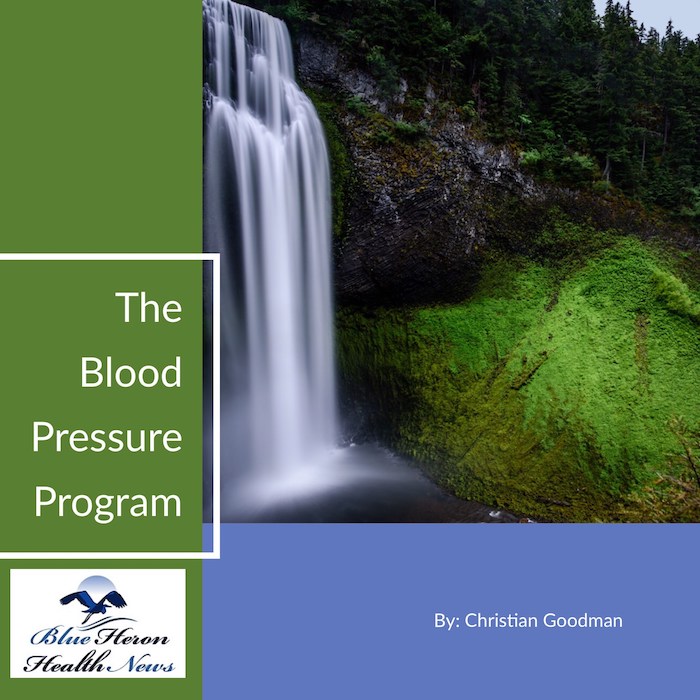The Bloodpressure Program™ By Christian Goodman The procedure is a very basic yet effective method to lessen the effects of high blood pressure. To some people, it sounds insane that just three workouts in a day can boost fitness levels and reduce blood pressure simultaneously. The knowledge and research gained in this blood pressure program were really impressive.
Definition of Blood Pressure
Blood pressure is a vital physiological parameter that reflects the force exerted by circulating blood against the walls of blood vessels, particularly the arteries. It is a key indicator of cardiovascular health and is essential for maintaining adequate blood flow to organs and tissues throughout the body. Blood pressure is measured in millimeters of mercury (mmHg) and is expressed as two values:
- Systolic Pressure: This is the higher number in a blood pressure reading and represents the maximum pressure in the arteries when the heart contracts (during a heartbeat) to pump blood into the circulatory system.
- Diastolic Pressure: This is the lower number and represents the minimum pressure in the arteries when the heart is at rest between beats, allowing the chambers to refill with blood.
For example, a blood pressure reading of 120/80 mmHg indicates a systolic pressure of 120 mmHg and a diastolic pressure of 80 mmHg.
Factors Influencing Blood Pressure:
- Cardiac Output: The volume of blood the heart pumps per minute.
- Peripheral Resistance: The resistance of blood vessels to blood flow, influenced by factors like vessel diameter and elasticity.
- Blood Volume: The total amount of blood in the circulatory system.
- Viscosity of Blood: The thickness of the blood, which can affect flow resistance.
- Elasticity of Arteries: The ability of arteries to expand and contract in response to blood flow.
Normal Blood Pressure Ranges:
- Normal: Systolic <120 mmHg and Diastolic <80 mmHg.
- Elevated: Systolic 120–129 mmHg and Diastolic <80 mmHg.
- Hypertension (High Blood Pressure): Systolic ≥130 mmHg or Diastolic ≥80 mmHg.
- Hypotension (Low Blood Pressure): Systolic <90 mmHg or Diastolic <60 mmHg.
Importance of Blood Pressure:
- High Blood Pressure (Hypertension): Can lead to serious health complications such as heart disease, stroke, kidney damage, and vascular issues if left untreated.
- Low Blood Pressure (Hypotension): May cause dizziness, fainting, or shock, and can indicate underlying conditions like dehydration, heart problems, or endocrine disorders.
Measurement:
Blood pressure is commonly measured using a sphygmomanometer (blood pressure cuff) and a stethoscope or an automated digital device. It is typically taken on the upper arm at the level of the heart.
Regulation:
Blood pressure is regulated by a complex interplay of mechanisms, including:
- The nervous system (e.g., baroreceptors and the autonomic nervous system).
- The endocrine system (e.g., hormones like adrenaline, aldosterone, and antidiuretic hormone).
- The kidneys, which control blood volume and electrolyte balance.
Maintaining healthy blood pressure is crucial for overall health and can be achieved through lifestyle modifications such as a balanced diet, regular exercise, stress management, and avoiding smoking or excessive alcohol consumption. Regular monitoring and medical consultation are recommended, especially for individuals with a history of blood pressure-related issues.

The Bloodpressure Program™ By Christian Goodman The procedure is a very basic yet effective method to lessen the effects of high blood pressure. To some people, it sounds insane that just three workouts in a day can boost fitness levels and reduce blood pressure simultaneously. The knowledge and research gained in this blood pressure program were really impressive.
